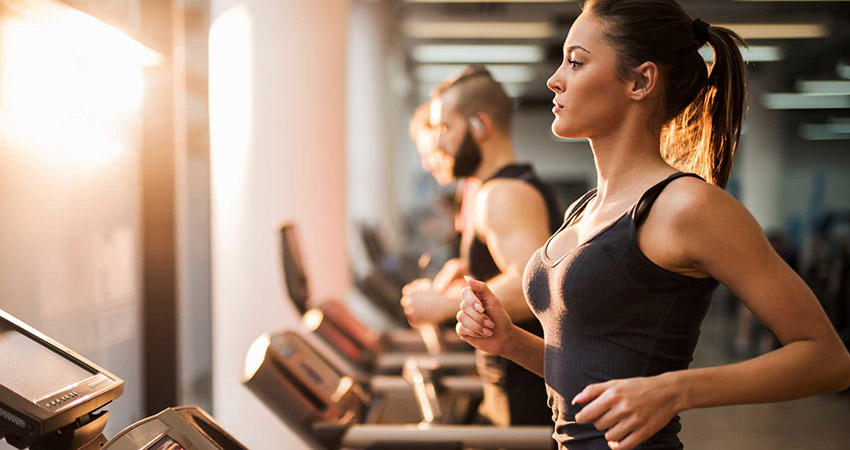The text explores important principles in sports training and athletic performance, covering concepts like progressive overload, accommodation, specificity, and training transfer.
Progressive Overload and Training Adaptation
Three athletes of equal strength began by lifting 50 kg to exhaustion in a training scheme. They initially improved, lifting 60 kg in a single attempt, but over time their progress plateaued as they adapted fully to the training. This demonstrates training accommodation, where performance gains stall if the stimulus remains constant.
Each athlete then adopted a different approach:
- Athlete A increased the intensity, volume, or variety of their exercises, which led to further improvement.
- Athlete B continued with the same routine and maintained their results.
- Athlete C reduced their workload and saw a decline in performance.
Elite athletes must constantly increase training loads to maintain progress, requiring sophisticated, long-term planning. For example, elite skiers may train 8,000-12,000 km annually, while beginners cover about 1,000 km. Elite weightlifters in some countries, like Bulgaria, may lift about 5,000 tons yearly, which is ten times the workload of a novice.
Accommodation and its Challenges
Accommodation refers to the biological law that the response to a consistent stimulus decreases over time. In sports, this means using the same exercise or load for too long can lead to stagnation or performance decline. To avoid this, training programs should incorporate variation while still aligning closely with the main sport’s demands (specificity).
There are two primary methods to modify training:
- Quantitative: Altering the training load, such as increasing total lifted weight.
- Qualitative: Changing exercises, which is often more effective, especially for highly trained athletes who benefit from creative and varied routines.
Specificity and Training Transfer
Training adaptation is highly specific. For example, strength training increases muscle mass and strength, while endurance running improves aerobic capacity. The effectiveness of an exercise for training transfer depends on how closely it resembles the primary sports movement in both muscle coordination and physiological demand.
Consider an example where athletes trained on exercise A (squats) and improved by 20 kg. When testing for improvements in unrelated activities — standing jumps, sprints, or swimming — the gains in each will vary. This indicates that the transfer of results from one exercise to another (like from squats to jumps versus sprints) differs in effectiveness based on the movement similarities.
Practical Application in Training Design
The concept of training transfer led to the inclusion of diverse exercises beyond the primary sport movement, such as hill sprints, isometric stretches, or jumps with resistance, which help develop sport-specific strength and coordination.
For instance, consider training a pitcher to throw faster. A coach might incorporate heavier baseballs, but the optimal weight should provide the best balance between strength gain and transfer to actual throwing performance. Similarly, a preseason strength program for receivers in football might involve choosing from exercises like knee extensions, squats, hill sprints, or parachute sprints, each offering varying degrees of transfer.
Ultimately, the choice of exercises depends on their transfer efficiency—how well gains from these movements carry over to main sport skills. The transfer may vary even within similar movements, as illustrated by an experiment on two groups training with isometric knee stretches at different angles. Each group’s strength gains differed depending on the angle, underscoring that even minor changes can impact the effectiveness of training transfer.
In sum, successful sports training demands balancing variation to prevent accommodation with specificity to ensure the transfer of gains to key athletic skills.
